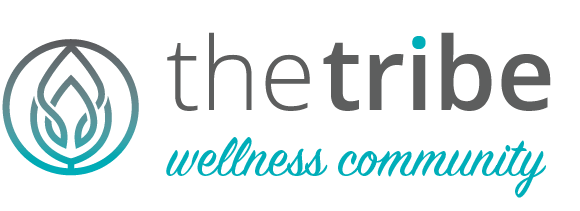From the Recovery Resource Blog:
The conversation starts out innocently enough. Small talk. In the grocery checkout, at a social gathering, or on a flight. Once it’s out that I work at an addiction treatment center, and that I’m a researcher, the next question is inevitable. People want to know. “What’s the success rate for addiction treatment?”
Cue the crickets.
What I want to say is, “You have posed a question that has confounded the treatment field for decades.”
What I actually say is closer to this: There isn’t a standard success rate quoted by the field. You will hear figures anywhere from 50% upwards to more than 80%, but consumers need to look behind the numbers and ask more questions. Addiction is a chronic and progressive disease, and there are different ideas about what treatment “success” means and how it’s measured.
And then, depending on how interested they seem, I go on to explain more:
Within the alcohol and drug treatment field, the traditional gold standard of outcome is continuous abstinence from all mood-altering chemicals during a specified period of time. This standard has been challenged in recent years. Opponents point out that chronic disease outcomes are rarely reported in an “all-or-nothing” manner. Instead, factors such as treatment adherence and symptom reduction are reported.
Others debate whether treatment centers are truly responsible for continuous abstinence among their former patients, particularly as more time passes since discharge. Rather than abstinence, some argue that significantly reduced alcohol and drug use constitute success. In this manner, those who relapse and get quickly back on track are counted as treatment successes rather than “treatment failures.”
And then there’s the whole notion that treatment success is not necessarily limited to alcohol and drug use outcomes. Because alcohol or other drug dependence negatively impacts overall life functioning, success can also be measured by improvements in employment, legal problems, family/social relationships, and psychological functioning. However, some argue that addiction treatment can’t be expected to result in global improvement across all life areas.
Adding to the confusion, definitions of “success” can vary from one treatment center to another. Treatment centers also differ in the way outcomes are reported, making comparisons between them difficult. Some report continuous abstinence rates; others report on the percentage who significantly reduce their use.
Time frames may also differ. One center may report six-month outcomes while another reports one-year outcomes. And, to complicate the matter even further, one center may report on how patients functioned during the entire six months after treatment while another might report how well the patients did during the 30 days prior to the time of the six-month follow-up interview.
Another difference has to do with the types of patients assessed. An “intent-to-treat” sample includes all patients who are admitted to the facility regardless of how long they stay. “Treatment completion” samples include only those patients who successfully finish the program. Not surprisingly, treatment completion samples demonstrate better outcomes than intent-to-treat samples. So, when trying to understand a center’s outcomes, it is important to understand the type of sample included.
I know. A way-too-long answer to a seemingly simple question. As a scientist, I just can’t help myself. We have an unresolved debate going on in the field about how “success” should be defined and how outcomes should be reported. The good news is that research studies continue to document that addiction treatment is effective and restores lives, no matter how success is measured. In short, treatment works.




i went to a rehabilitation center that used some hazelden principles but it was a 35 day program and only led me to be more confused upon graduation when i was told that i would need more treatment for mental issues. so i asked why i would graduate a program that strongly suggestion longer treatment, but it was to no avail, as to all counsellors were too busy admitting the new tragedy of residents. i stayed clean from that particular drug for almost a year but did pick up a far more horrible habit. so which is worse, alcohol or injection of opiates? the treatment facility i went to it seemed that users of needles were too taboo and repulsive than any other drug use so i'm quite reluctant to go back. their 'success rate' was 2% and we were reminded of that daily. maybe that may play a huge factor in addicts who are already programed to deal with failure because we were told that we are going to fail by some statistic that promised no redemption. i don't know, i'm just an addict.